One rule of thumb is that homes which have been professionally landscaped can fetch 15 % to 20 % more at the time of resale. But beyond property value, a garden makeover can do something just as important, it can give you a space that actually works. One you enjoy being in. One that doesn’t look like it’s still waiting for something to happen.
The truth is, most gardens don’t fail because of poor soil or bad weather. They fail because no one ever stopped to ask: What is this space for? Is it for entertainment? For growing food? For winding down at the end of the day?
A garden makeover isn’t about copying trends or scrolling Pinterest until your thumb goes numb. It’s about designing with intent, aligning your outdoor space with your lifestyle, and knowing where to invest your time and resources.
In this guide, we’ll walk through how to assess what you already have, define your garden’s function, plan a realistic upgrade, and choose both plants and materials that bring long-term impact, not just short-term flair.
And no, you don’t need a television crew or a hidden budget to do it right.
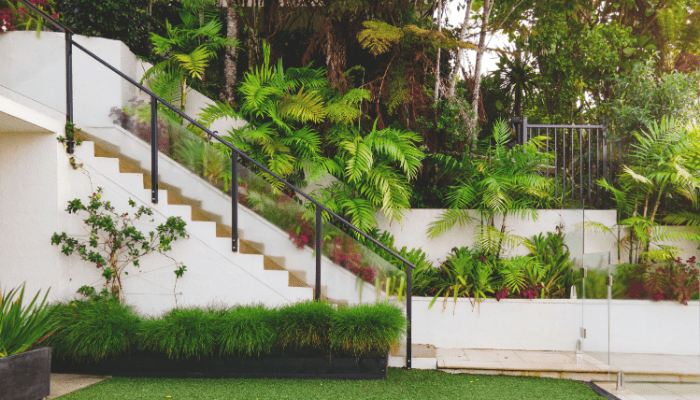
Key Takeaways
- Begin with a full assessment of your existing garden layout
- Define the primary purpose of the garden before making changes
- Create a budget and timeline to guide each phase of the makeover
- Select a garden style that fits your home and space
- Focus on structural upgrades like paths, raised beds, and lighting
- Use layered planting for visual impact and seasonal interest
- Make small, low-cost updates like pruning, mulching, and container refreshes
- Plan for long-term maintenance with efficient systems and plant choices
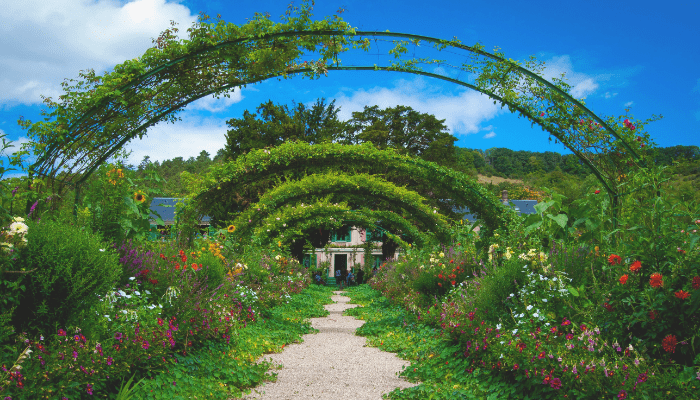
Evaluate the Existing Garden Layout
Before bringing in plants, paint, or pavers, start with what you already have. Stand outside with a notepad and walk the space as if you’ve never seen it before.
Where does your eye go? Is there a focal point, or does it all feel disconnected? Are there traffic patterns with natural paths from gate to patio, or kitchen door to compost bin that don’t currently work?
Good makeovers begin by identifying both potential and problems. Keep what functions well, remove what doesn’t, and rework what’s almost right but needs refinement.
Sketch a basic layout. You don’t need fancy design software, just lines, circles, zones. Think of it like a floor plan for the outdoors. You’ll catch things quickly: too many isolated features, bottlenecks in movement, areas you’ve never really used.
The best part? This step costs nothing and gives you a clear starting point.
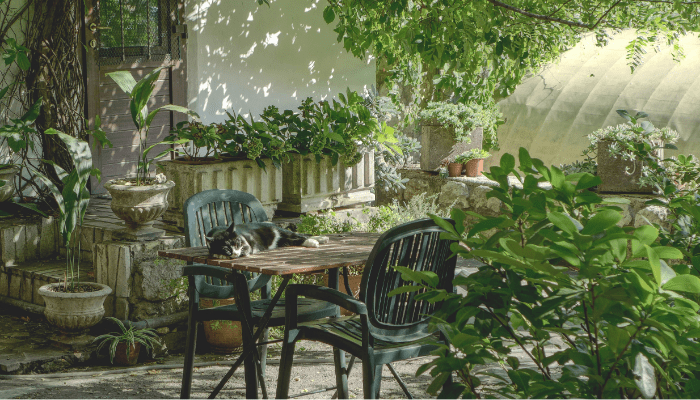
Define the Purpose of the Makeover
What’s the garden actually for?
Many gardens end up being a mix of good intentions and half-finished ideas. Raised beds that went dry. A patio set no one uses. Shrubs planted for privacy that didn’t quite grow fast enough.
Defining the function is key. Is this a space for entertaining? A quiet zone for reading and reflection? A productive garden for food and herbs? A space for kids to play?
Different goals require different materials, layouts, and plantings. A space designed for hosting will prioritize open areas and comfortable seating. A garden for productivity will need sun, access to water, and beds that don’t require gymnastic flexibility to weed.
Make the purpose the foundation. Everything else like style, materials, or layout builds from there.
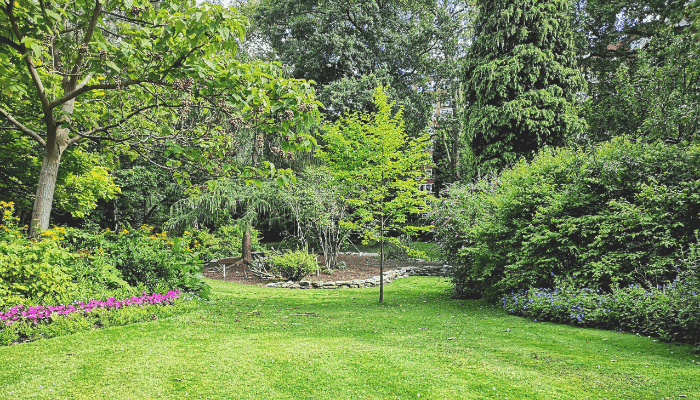
Set a Realistic Budget and Timeline
A garden makeover doesn’t have to be expensive. But it does have to be planned.
Start by identifying your top three priorities. Maybe it’s structure (pathways, raised beds), maybe it’s planting, maybe it’s outdoor lighting. Then price each category based on available materials and your capacity for DIY versus hiring out.
Be honest about what you can tackle yourself. A fresh coat of paint on a fence? Easy. Installing a retaining wall with proper drainage? Probably not a weekend job.
Include a contingency budget. Gardens always surprise you. Roots show up where you didn’t expect them. Soil needs amending. Tools break.
As for the timeline, think in phases. A full makeover doesn’t have to happen in one season. Break it into logical steps: structure first, planting second, finishing details last.
Pace prevents burnout and lets you adjust based on what’s working.

Choose a Garden Style That Matches Your Space
Not every style works in every garden. The design should reflect not just personal taste, but also the scale of the space and the architecture of the home.
A sleek modern garden might clash with a historic house. A tropical theme will struggle in a dry, shaded lot. So balance creativity with context.
Common styles include minimalist, cottage, Mediterranean, woodland, and formal. Each comes with its own planting palette, material preferences, and layout tendencies.
Look through photos, make a mood board, and notice patterns. Are you drawn to soft borders and informal beds? Or clean lines and architectural foliage? Decide early and stick to one dominant theme. Mixing styles almost always leads to visual confusion.
And if you’re unsure? Simplicity tends to age best.
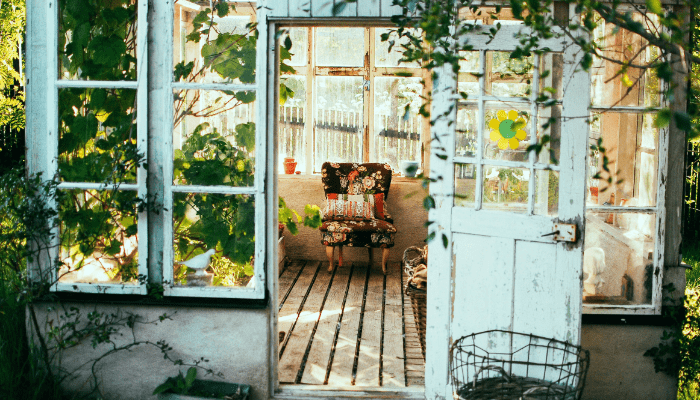
Structural Upgrades That Make a Difference
Structure gives a garden form. It defines space, movement, and function. Without it, even the most beautiful planting scheme can feel chaotic.
Start with the horizontal: paths, patios, and platforms. Gravel, pavers, or wooden decking add walkability and visual rhythm. Even a narrow stepping path can invite movement where none existed before.
Next, think vertically. Trellises, fences, pergolas, and screening elements frame views and create privacy. These don’t have to be grand, just purposeful.
Raised beds are both practical and stylish. They organize space, improve drainage, and bring a sense of order. Plus, they make gardening easier on the back.
When planning structure, also think about the invisible systems: lighting, irrigation, and drainage. These often go overlooked but make the biggest difference once the garden is in use.
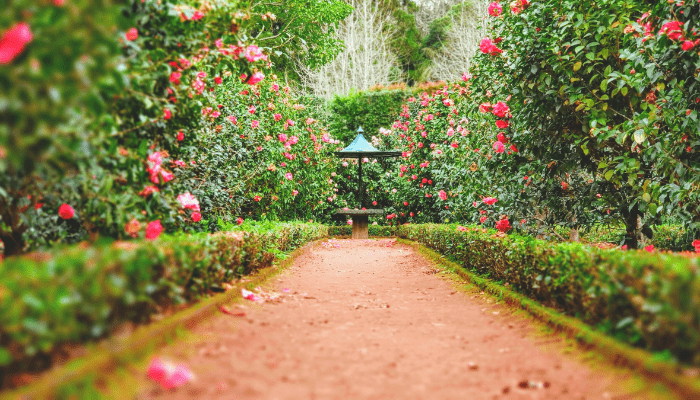
Planting Strategy for Visual and Seasonal Impact
Plants are what bring the garden to life but they work best when planted with a plan.
Use a layered approach: trees for canopy and structure, shrubs for middle height and texture, perennials and groundcovers for color and seasonal movement.
Think in seasons. A spring-only garden looks tired by August. Choose plants that offer interest in different months: bloom, fruit, foliage, bark.
Work with your climate. Native or regionally adapted plants almost always outperform imported varieties. They require less water, resist local pests, and support the surrounding ecosystem.
Don’t forget about spacing. It’s tempting to pack beds for immediate impact, but overcrowding leads to stress, disease, and more maintenance. Allow room for growth.
And if maintenance is a concern? Limit the number of plant species. Repetition looks intentional and is far easier to manage over time.

Low-Cost Makeover Ideas With High Visual Return
Not every improvement requires a full renovation. Many impactful changes are simple and inexpensive.
Start with cleanup. Remove dead plants, clear debris, and edge the lawn. These steps alone can transform how a space feels.
Update containers. New pots, fresh soil, and seasonal plantings add immediate appeal, especially near entrances or patios.
Add mulch. It suppresses weeds, retains moisture, and makes every bed look intentional.
Consider painting existing features with a fresh coat on a fence or bench gives a tired structure new life.
Use solar lights to illuminate paths or highlight key features at night. It’s affordable and extends the garden’s usability well past sunset.
And most importantly, declutter. A garden makeover often involves subtraction more than addition.
Maintenance Planning for Long-Term Success
A well-designed garden should be easier to maintain, not harder.
Start with your plant choices. Perennials that return each year, evergreen shrubs that hold structure, and groundcovers that suppress weeds all reduce ongoing effort.
Build in time-saving systems early. Drip irrigation, weed barrier fabric beneath gravel paths, or automated timers for lighting all protect your investment.
Seasonal maintenance is unavoidable but predictable. Create a simple calendar. Spring: fertilize and prune. Summer: deadhead and irrigate. Autumn: divide and mulch. Winter: plan and rest.
Keep tools sharp and accessible. Store supplies where they’re easy to reach. And track what works and what doesn’t. A garden is a living system. It evolves, and so should your approach to caring for it.
When maintenance is considered part of the design process, you spend more time enjoying the space and less time chasing problems.
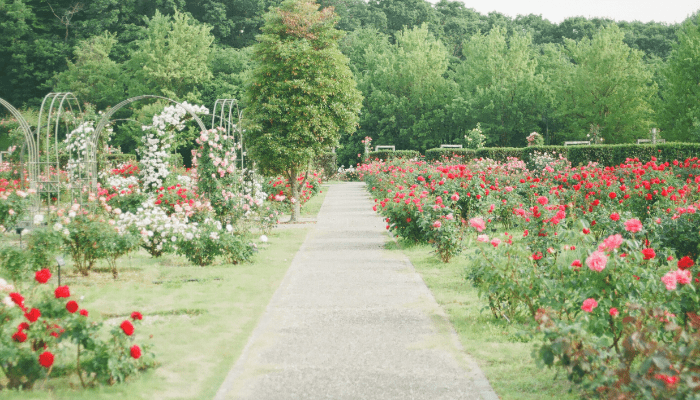
Conclusion
A successful garden makeover doesn’t begin with plants or paving. It begins with clarity. A clear purpose. A clear layout. A clear understanding of how space, structure, and planting choices work together.
Even the smallest changes like pruning back overgrowth, refreshing mulch, or relocating a pathway can dramatically shift how a space feels and functions. But it only works when each decision supports the bigger picture.
Think beyond the weekend project. Think in layers, in seasons, in how the garden will look and live six months from now. This is the difference between a makeover that fades and one that matures.
If you’re planning to transform your outdoor space and want expert input on layout, design, or plant selection, we can help. At Oásis Biosistema, we offer personalized garden design services tailored to your space, your goals, and your climate.
Reach out to us here and let’s turn your garden into a space that truly reflects how you want to live outside.
FAQ
How to get a free garden makeover?
Start by applying for local community grants, gardening charities or council schemes that fund outdoor space improvements. Look for “no‑cost garden makeover ideas” by upcycling materials, swapping cuttings and re‑using items you already own.
How to makeover a garden?
Begin by assessing your space: measure, observe light levels and decide on use zones (relaxing, dining, planting). Then plan layout, select suitable plants, re‑use existing materials, and work in stages. A simplified makeover keeps costs down, boosts value and refreshes the garden experience.
Is there an app to design your garden?
Yes, there are multiple apps designed for garden and landscape design such as iScape and Gardena My Garden which allow you to plan layouts, drag‑and‑drop plants and features, and visualise your outdoor space.
Who pays for the garden makeover in Love Your Garden?
The broadcaster typically covers the cost of the makeover when the show features a garden transformation. The budgeted build and landscaping are funded by the production/TV network rather than the homeowner.



